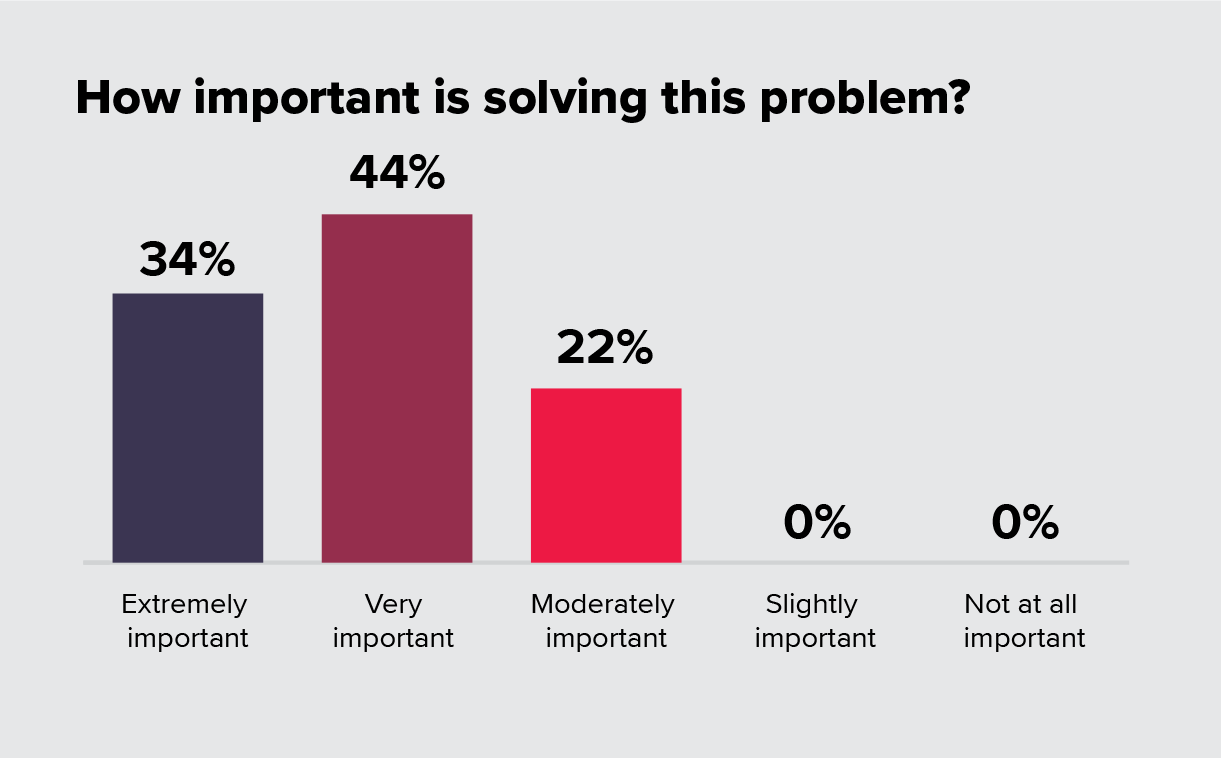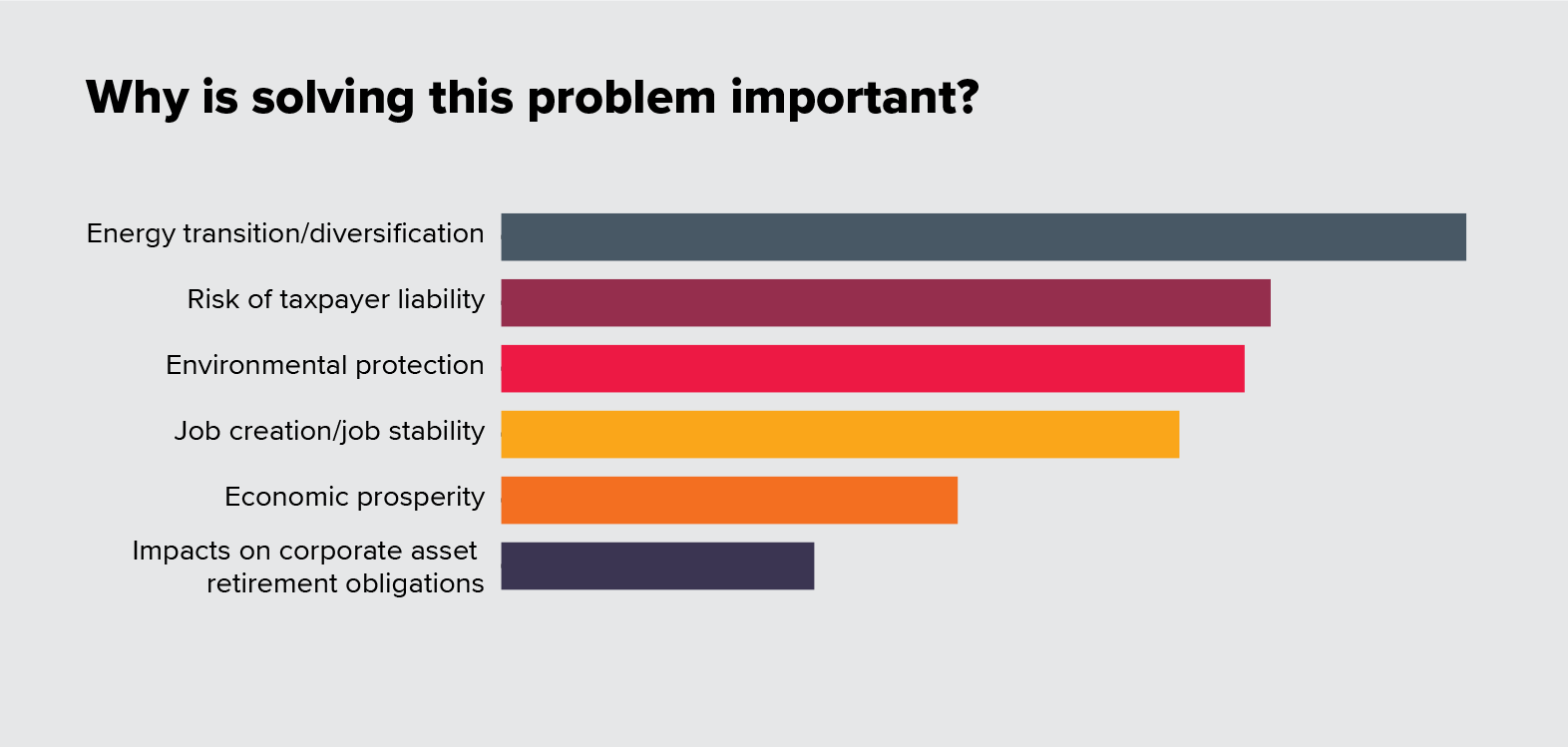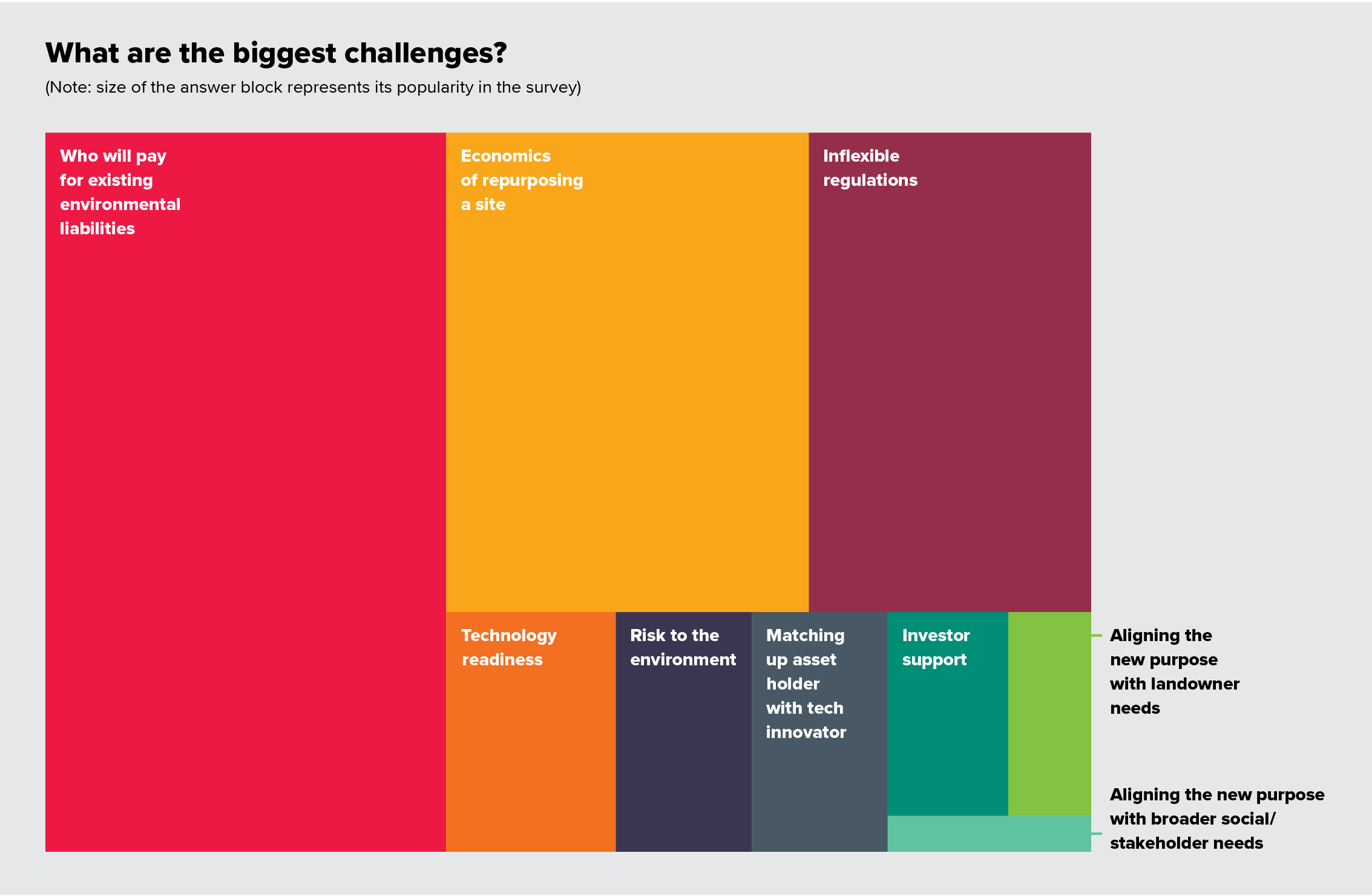A New Energy Future for Inactive Wells
Survey Results
What’s the problem/opportunity?
The problem of inactive facilities is relatively well-known. Currently, there are over 165,000 inactive wells in Alberta, 6,100 of them considered orphaned or without an extant owner. These sites represent an enormous public financial and environmental liability.
What is less well-known is there have been numerous attempts by organizations and entrepreneurs to repurpose these sites in order to create complementary value – such as for geothermal, hydrogen or metals, carbon capture or waste disposal, or building micro-solar or wind energy facilities.
However, for the most part, these innovative energy projects have died due to either inflexible regulations that do not allow for this type of repurposing and/or difficulties in assigning financial liability. As a result, the sites aren’t environmentally improved, economic opportunities are missed and cleantech opportunities are lost.
ON SEPTEMBER 1, 2020, the Energy Futures Lab and the Canada West Foundation brought together over 90 people to review the opportunity, the challenges, and the potential benefits of getting the problem solved. This briefing presents the results of survey questions that the webinar participants answered to help gauge the scale and scope of the issue.

The full webinar can be viewed here



Conclusion
Solving this problem also means unlocking an opportunity – and based on the survey results, there is broad support for finding a way to repurpose inactive wells for new energy uses. The benefits that could be realized include:
• at least partially remediating an environmental problem
• creating jobs for oil and gas workers who have been laid off
• removing liability, thus easing taxpayer burden
• diversifying the energy sector and expediting a smart energy transition, and
• creating enhanced economic opportunities for landholders.
However, the challenges noted by the survey participants, are very real and will require concerted action by government, energy incumbents, innovators, landowners and others to create a durable solution.

